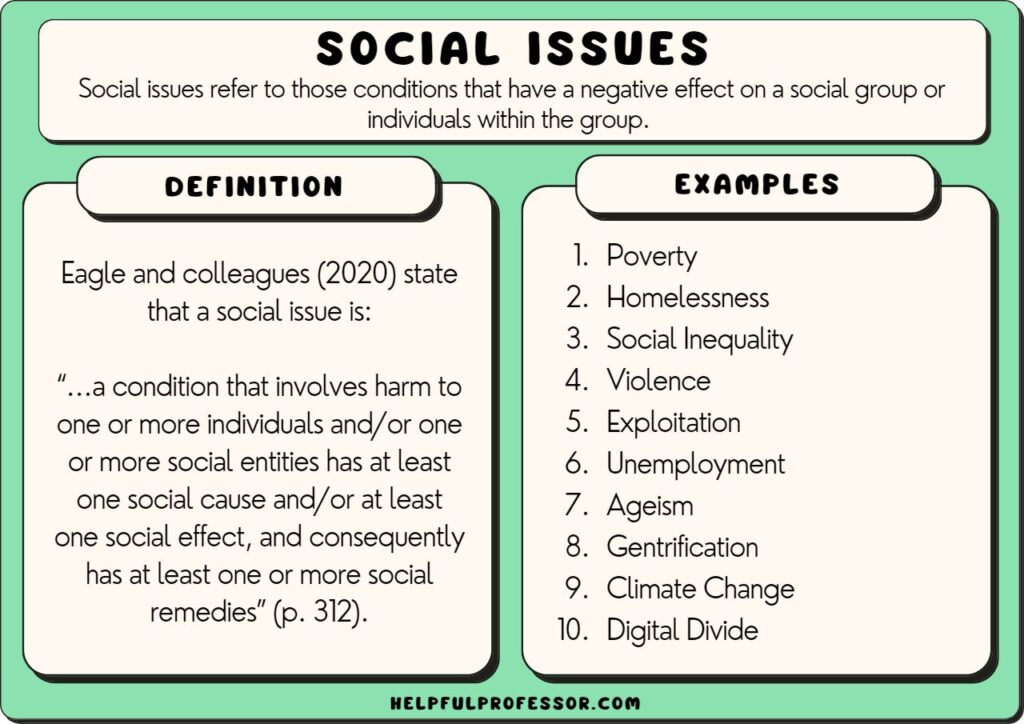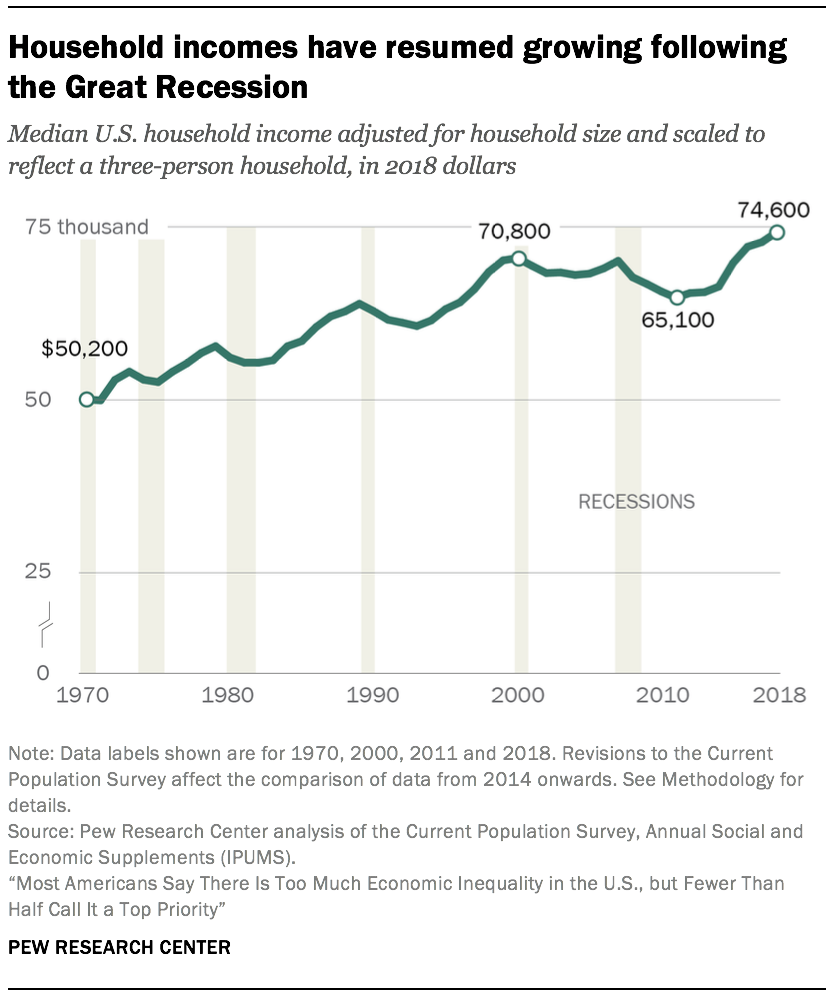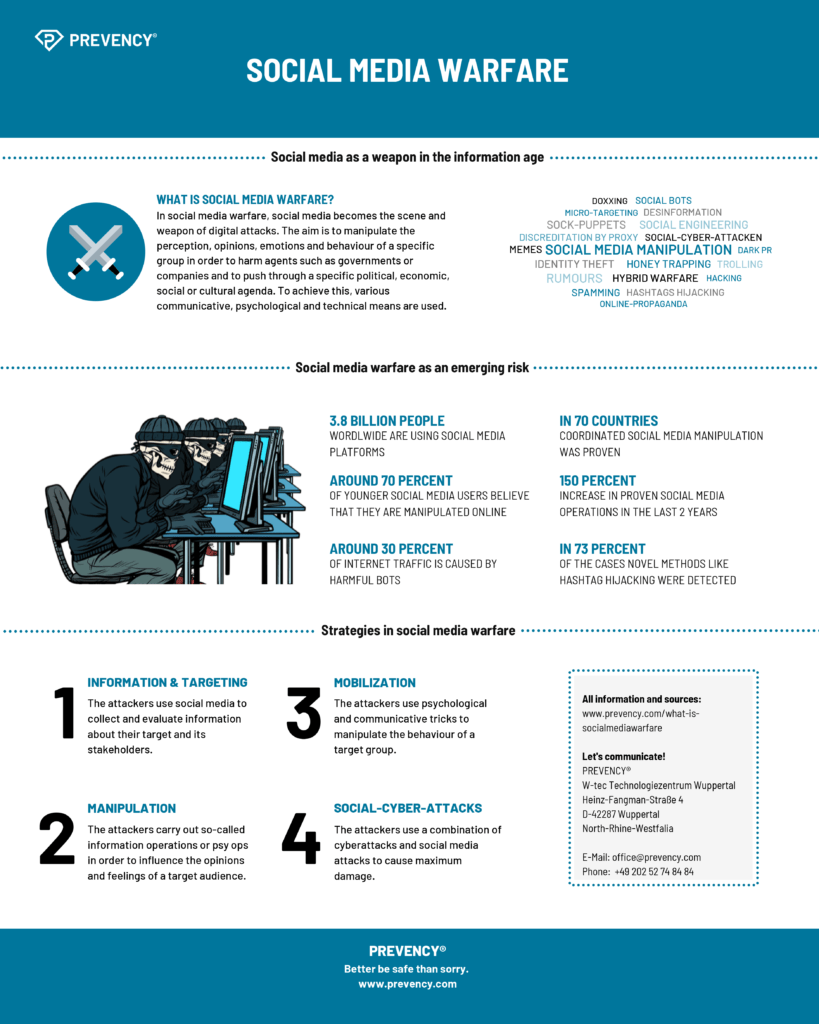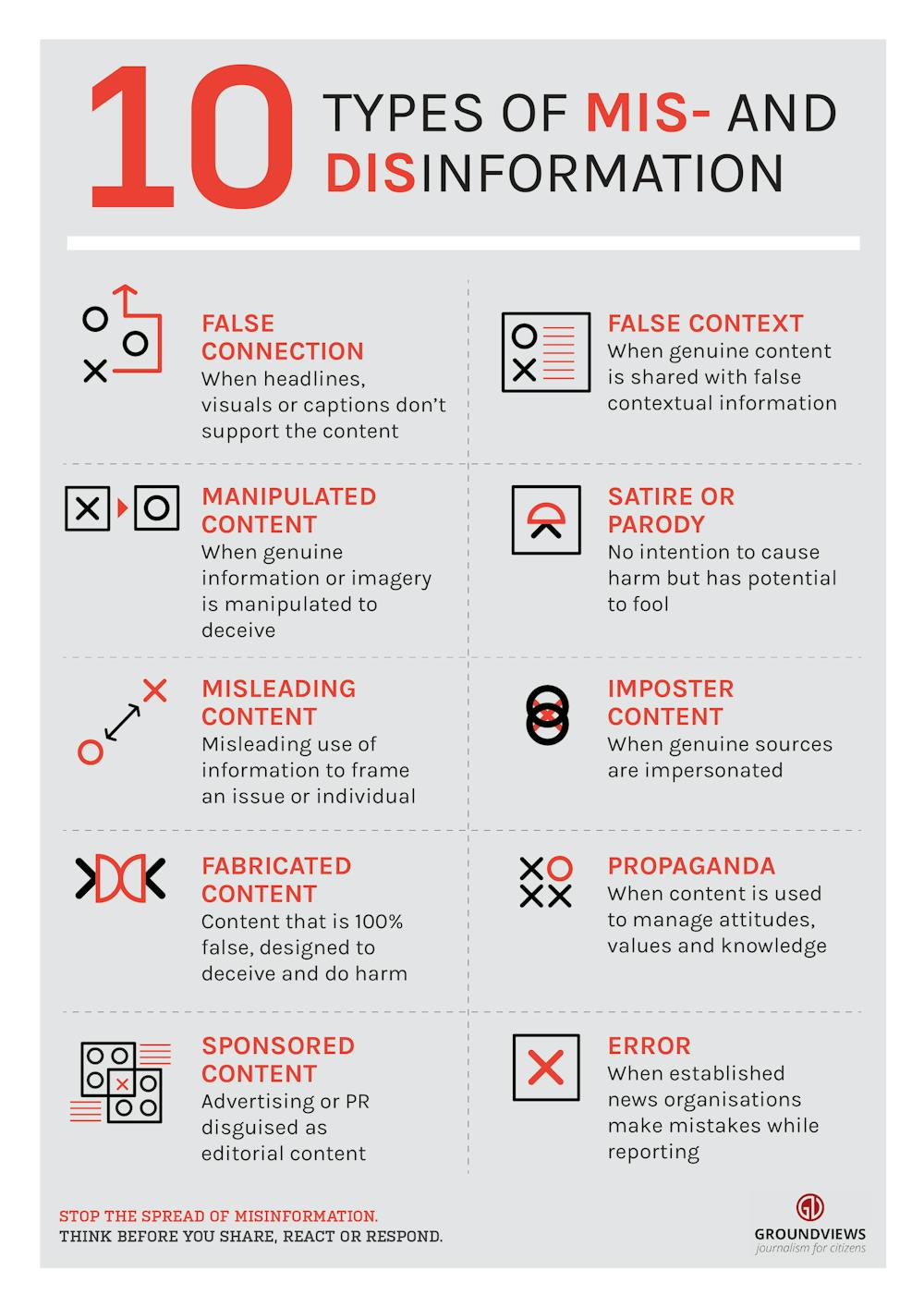Internal Genesis vs External Imposition: A Comprehensive Analysis of Crime, Government Legitimacy, and Social Unrest
The question of whether societies generate their own problems or have them imposed by external forces represents one of the most fundamental debates in political science, criminology, and social policy. Drawing from extensive empirical research and theoretical frameworks, the evidence reveals a complex interplay between internal societal dynamics and external influences, with the reality being far more nuanced than either pure internal generation or external imposition alone.

Internal vs External Factors in Crime and Social Problems: A Systems View
Theoretical Foundations: Understanding Societal Problem Origins
The relationship between governments and their citizens has been conceptualized through social contract theory since the Enlightenment, providing crucial insight into the legitimacy of societal problems. As contemporary research demonstrates, government power originates from the consent of the people, creating a fundamental framework for understanding when problems emerge from internal consensus versus external imposition.
Social contract theory addresses several key questions relevant to this analysis: under what circumstances can the state legitimately serve as the ultimate arbiter of social relationships, and what principles of justice should bind citizens to one another? The theory’s modern applications extend beyond traditional governance to encompass government legitimacy, legal rights and responsibilities, social stability, and democratic practices.
However, the practical application of social contract theory reveals significant complexity. Research examining African governance found that Africa was not a product of social contract where people collectively decide to form a state. Instead it was a product of the interest of the European powers for administrative convenience. This historical reality illustrates how external forces can fundamentally shape governmental structures, creating lasting impacts on social problems.

Definition and examples of social issues highlighting conditions that negatively affect social groups or individuals, including poverty, violence, and social inequality
Internal Factors: The Sociological Foundation of Social Problems
Economic Inequality and Social Disorganization
The most robust evidence points to internal economic and social factors as primary drivers of crime and social unrest. Research consistently shows that income inequality significantly influences crime, with studies demonstrating that reducing inequality from Spanish levels to Canadian levels would lead to a 20% reduction in homicides and a 23% reduction in robberies.
The mechanisms linking inequality to social problems operate through multiple pathways:
Social Disorganization Theory, developed by the Chicago School, found that neighborhoods with high poverty, residential instability, and racial heterogeneity had higher crime rates. This occurs because such conditions disrupt social cohesion and weaken social bonds, creating an environment where crime can flourish.
Strain Theory explains how individuals get involved in crime because they are under stress, they become agitated and feel negativity around them. When legitimate means to achieve socially prescribed goals are blocked, individuals may turn to illegitimate means.
Community-Level Dynamics
At the community level, social disadvantage affects people’s crime involvement primarily through rule- and resource-based processes of social and self-selection which influence their exposure to crime-relevant developmental and action settings. This creates a complex feedback loop where disadvantaged young people are more profoundly exposed to settings and circumstances which lead them to develop and sustain a high crime propensity.
Research from the Peterborough Adolescent and Young Adult Development Study found that most persistent offenders come from disadvantaged backgrounds, but most people from disadvantaged backgrounds do not become persistent offenders. This paradox highlights the importance of understanding the specific mechanisms through which social disadvantage translates into criminal behavior.

Median U.S. household income adjusted for size and inflation shows growth trends with dips during recessions, highlighting income changes from 1970 to 2018
External Factors: Documented Influences on Social Problems
Information Warfare and Disinformation Campaigns
The evidence for external manipulation of social problems through information warfare is substantial and well-documented. Russia’s cyber-enabled influence operations during the 2016 US election reportedly exposed 126 million Americans to foreign influence efforts. Significantly, analysis revealed that the information utilized in the Russian CEIO was generally factually correct, indicating that effective external influence often amplifies existing divisions rather than creating entirely false narratives.
The scope of this activity is global: At least seven countries have been found to use Facebook and Twitter to influence audiences globally, with fifty-two out of the 70 countries examined actively created content of memes, videos, fake news websites, or manipulated media to mislead users.

Infographic explaining social media warfare and its tactics, highlighting how manipulation online influences societal perceptions and behaviors
Economic Policy as External Influence
Research on neoliberal economic policies reveals how external ideological frameworks can systematically generate internal social problems. Studies found a temporal correlation between neoliberal policy implementation and growth in inequality, but a more complex relationship between inequality and social tension.
Neoliberalism may also be associated with increased offending, higher levels of violence, and even murder, with the theory suggesting that crime may be an inevitable outcome of neoliberal political structures. The evidence shows that in a culture which is propelled by consumption, places a strong value on competitive individualism, and is riven by widening inequality, crime is able to flourish.
Foreign Interference in Social Unrest
Contemporary examples demonstrate how external actors exploit internal divisions. During the 2024 UK riots, Russia was likely the most prevalent threat actor in amplifying hostile narratives online. However, the analysis revealed that Russia was parasitic rather than proactive – amplifying existing inflammatory content from genuine users rather than producing its own.
This pattern reflects a broader finding that past turmoil—both domestically and in neighboring countries—is by far the most important variable for predicting future strife. It is about 10 times as informative as the most revealing economic or social factors. This suggests that external amplification of internal problems may be more significant than external creation of problems.

Ten types of misinformation and disinformation explained with examples and icons
The Interaction Between Internal and External Factors
Economic and Political Convergence
The relationship between internal and external factors is not simply additive but interactive. Research shows that climate change drives economic inequality. Globalisation supports corruption. Political oppression inspires social justice movements. These interconnected factors act as force multipliers for each other.
The evidence indicates that social disadvantage affects people’s crime involvement primarily through processes of social and self-selection, but these processes can be significantly influenced by external policy frameworks. For example, the expansion and glorification of the police, the courts and the penitentiary are a response not to criminal insecurity, which has not changed in scale and physiognomy, but to the social insecurity caused by the casualisation of wage labour.

Effectiveness of Different Crime Reduction Interventions: Evidence-Based Rankings
Information Environment and Social Reality
Modern societies face unprecedented challenges in distinguishing between organic social problems and externally manipulated ones. Social media allows actors to conduct information warfare with unprecedented speed and scope, creating what researchers term “open-source anarchy” where changes in the structure of material power, technologies, and ideas permit less powerful states and nonstate actors to affect more directly and significantly how anarchy functions.
The implications are profound: like industrial waste, fake news, misinformation and post-truth contribute to polluting the wells from which democracy is fed – the autonomy of the public sphere and the reliability of the information system.
Evidence-Based Assessment: What the Research Shows
Internal Factors Dominate, But External Amplification Matters
The weight of empirical evidence suggests that internal factors are the primary drivers of social problems, but external factors play crucial amplification and acceleration roles. Key findings include:
Crime and Violence: Multiple studies demonstrate that neighborhood characteristics, economic inequality, and social disorganization are the strongest predictors of crime rates. However, information warfare and political polarization can exacerbate these underlying conditions.
Social Unrest: Research shows that economic factors such as inequality are often blamed, but they are likely just part of the reason. The most significant predictor is past turmoil, suggesting that unrest has self-reinforcing characteristics that external actors can exploit.
Government Legitimacy: Social contract theory demonstrates that government legitimacy depends on consent of the governed, but this consent can be manipulated through foreign interference and disinformation campaigns.
Policy Effectiveness Evidence
The research provides clear evidence about which interventions are most effective for addressing social problems:
Most Effective Internal Interventions:
- Mental health courts (very strong evidence, high effectiveness)
- Hot spots policing (very strong evidence, high effectiveness)
- Problem-oriented policing (very strong evidence, high effectiveness)
- Focused deterrence strategies (very strong evidence, high effectiveness)
- Education in prisons (very strong evidence, moderate effectiveness)
External Factor Interventions:
- Counter-disinformation campaigns (moderate evidence, limited effectiveness)
- Social media regulation (moderate evidence, moderate effectiveness)
- International cooperation on information warfare (limited evidence, unknown effectiveness)
This evidence pattern suggests that addressing internal factors yields more reliable and substantial improvements in social problems than attempts to counter external influences alone.
Distinguishing Legitimate External Influences from Conspiracy Theories
Given the documented reality of external influences, it’s crucial to distinguish between evidence-based concerns and unfounded conspiracy theories. Research provides clear criteria for this assessment:
Legitimate External Influences Have:
Multiple independent confirmation
Proportional responses to documented activities
Acknowledgment of complexity and limitations
Conspiracy Theories Typically:
Claim missing information is being hidden
Attack inconsistencies as evidence of lies
Use anecdotes instead of evidence
Attribute knowledge to secret messages only select few can grasp
The European Commission’s guidance emphasizes that real conspiracies do exist but they are more often centred on single, self-contained events and are unearthed by whistle-blowers and the media, using verifiable facts and evidence.
Contemporary Case Studies: Internal vs External Dynamics
The UK Riots (2024)
The recent UK riots provide an excellent case study of internal-external interaction. Anti-Islam and anti-immigration groups responded to rumours circulating online that a murderer of three children was an “Islamist migrant”. The analysis revealed:
Internal Factors: Genuine grievances around migration, the evolution of the far right, and the problematic model of social media platforms.
External Amplification: Russian bots appear to have shifted from attacking the UK’s support for Ukraine to lambasting the Labour government, but the Kremlin was swift to amplify the lie rather than create it.
Key Finding: It is important not to dismiss the riots as being solely the result of state-backed interference; this would be an oversimplification.
Economic Policy and Social Problems
Research on neoliberal policies demonstrates how external ideological frameworks become internal realities. The evidence shows neoliberalism entails the articulation of four specific institutional logics: economic deregulation, welfare retrenchment, the cultural trope of individual responsibility, and an ever-more expansive penal apparatus.
The punitive regulation of poverty creates a system where the expansion and glorification of the police, the courts and the penitentiary are a response not to criminal insecurity but to social insecurity caused by the casualisation of wage labour.
Implications for Social Policy and Intervention
Addressing Root Causes vs Symptoms
The evidence suggests that effective social policy must simultaneously address internal root causes while acknowledging external amplification effects. Research shows that to maximize the potential for positive outcomes for children and families, communities need to select programs that fit their needs and resources, the programs need to be implemented with quality, and communities need ongoing support.
Evidence-based policy integration requires understanding that there are many different kinds of data people use as evidence in decision making, and providing decision makers with a broad synthesis of evidence as well as information about implementation, acceptability, and feasibility are important.
Building Societal Resilience
Rather than focusing exclusively on external threats or internal problems, the research supports building comprehensive resilience that addresses both dimensions:
Internal Resilience Building:
- Economic inequality reduction
- Community strengthening programs
- Education and social skills development
- Mental health support systems
- Democratic participation enhancement
External Resilience Building:
- Media literacy programs
- Information verification systems
- International cooperation on disinformation
- Transparent governance practices
- Open debate and fact-checking infrastructure
Conclusions: A Complex Interplay Rather Than Simple Causation
The comprehensive evidence analysis reveals that the question of whether we generate our own problems or have them imposed is fundamentally misframed. The reality demonstrates:
- Internal factors are the primary drivers of crime, social unrest, and government legitimacy problems, with economic inequality, social disorganization, and community breakdown serving as the strongest predictors.
External factors serve primarily as amplifiers and accelerators of existing internal tensions, rather than creators of problems from nothing.
The most effective interventions focus on internal factors, with strong evidence supporting approaches like community policing, economic inequality reduction, and social service provision.
Information warfare and foreign interference are real and documented phenomena, but their effectiveness depends on exploiting pre-existing societal divisions.
Modern societies face the challenge of operating in an information environment where the distinction between organic and manipulated social problems is increasingly blurred.
The evidence supports a systems perspective where internal vulnerabilities create opportunities for external exploitation, but where addressing internal factors provides the most reliable path to reducing social problems. This suggests that effective social policy must be comprehensive, addressing both the root causes of inequality and social disorganization while building resilience against external manipulation.
For practitioners in investigation and evidence-based analysis, this research emphasizes the importance of distinguishing between legitimate documented external influences and unfounded conspiracy theories, while maintaining focus on the internal factors that create the conditions for social problems to emerge and persist.
The ultimate answer to your question is that we primarily generate our own social problems through internal dynamics of inequality, social disorganization, and policy choices, but these problems are increasingly amplified and exploited by external actors in ways that make the distinction between internal generation and external imposition less meaningful than understanding how these forces interact in modern information-rich societies.
- https://journal.whioce.com/index.php/eir/article/view/850
- https://www.richtmann.org/journal/index.php/mjss/article/view/8033
- https://www.structural-learning.com/post/social-contract-theory
- https://journal.whioce.com/index.php/eir/article/download/850/778/2716
- https://www.ssrn.com/abstract=3881669
- https://www.businessperspectives.org/index.php/journals/problems-and-perspectives-in-management/issue-492/the-causal-effect-of-divorce-and-income-inequality-on-crime-evidence-from-azerbaijan
- https://equalitytrust.org.uk/crime/
- https://lawbhoomi.com/sociological-theories-of-crime/
- https://lawbirdie.com/crime-and-its-sociological-biological-psychological-causes/
- https://www.encyclopedia.com/law/legal-and-political-magazines/crime-causation-sociological-theories
- https://pmc.ncbi.nlm.nih.gov/articles/PMC4962323/
- https://journals.sagepub.com/doi/10.1177/00223433231225814
- https://nsiteam.com/social/wp-content/uploads/2021/08/IIJO_eIntern-IP_Social-Media-as-IW_Matthews_FINAL.pdf
- https://www.msudenver.edu/wp-content/uploads/2022/08/Hall_Final.pdf
- https://mmuperu.co.uk/bjcj/articles/probation-people-and-profits-the-impact-of-neoliberalism/
- https://www.rusi.org/explore-our-research/publications/commentary/how-did-foreign-actors-exploit-recent-riots-uk
- https://www.imf.org/external/pubs/ft/fandd/2021/08/economics-of-social-unrest-imf-barrett-chen.htm
- https://bylinetimes.com/2024/08/29/six-factors-driving-civil-unrest/
- https://www.crimeandjustice.org.uk/publications/cjm/article/punitive-regulation-poverty-neoliberal-age
- https://academic.oup.com/book/39306/chapter/338904435
- https://www.linkedin.com/pulse/role-social-media-information-warfare-khurshid-khan-abkfc
- https://journals.sagepub.com/doi/10.1177/17506352251345669
- https://gnet-research.org/2024/09/18/the-uk-riots-misinformation-and-foreign-interference-a-smoking-gun-or-something-else/
- https://eprints.lse.ac.uk/68133/1/Newburn_Social%20Disadvantage%20and%20Crime.pdf
- https://www.college.police.uk/research/crime-reduction-toolkit
- https://theconversation.com/how-to-tell-if-a-conspiracy-theory-is-probably-false-229081
- https://commission.europa.eu/strategy-and-policy/coronavirus-response/fighting-disinformation/identifying-conspiracy-theories_en
- https://eprints.lse.ac.uk/68812/7/Cheliotis_Neoliberalism%20and%20the%20Politics%20of%20Imprisonment_Accepted.pdf
- https://www.srcd.org/sites/default/files/file-attachments/spr_28_4.pdf
- https://journals.sagepub.com/doi/10.1177/17438721231162051
- https://www.semanticscholar.org/paper/df552079d8daf93a37afc7751f844af7f28923fa
- https://www.degruyter.com/document/doi/10.4159/harvard.9780674435506/html
- https://link.springer.com/10.1007/s12116-020-09303-8
- http://link.springer.com/10.1057/9781137589996_10
- https://www.semanticscholar.org/paper/c1a746d44c643aab4872c4e722ad13589c4ff314
- https://www.mcser.org/journal/index.php/mjss/article/download/8033/7698
- https://www.elgaronline.com/downloadpdf/9781839100338.00010.pdf
- https://academicjournals.org/journal/AJPSIR/article-full-text-pdf/99A103649804.pdf
- https://delibdemjournal.org/article/642/galley/4408/download/
- https://www.tandfonline.com/doi/full/10.1080/00131857.2024.2363357
- https://journals.sagepub.com/doi/pdf/10.1177/0308275X221120168
- https://www.cambridge.org/core/services/aop-cambridge-core/content/view/224FFD93974B9CA708BB108FF8EEC3B3/S1052150X2300012Xa.pdf/div-class-title-multi-stakeholder-initiatives-and-legitimacy-a-deliberative-systems-perspective-div.pdf
- https://www.tandfonline.com/doi/pdf/10.1080/14649357.2020.1776892?needAccess=true
- https://www.annualreviews.org/doi/pdf/10.1146/annurev-polisci-041719-101929
- https://journals.sagepub.com/doi/pdf/10.1177/13684310231184600
- http://arxiv.org/pdf/2404.15680.pdf
- https://papers.ssrn.com/sol3/papers.cfm?abstract_id=4193160
- https://uca.edu/cahss/files/2020/07/Nation-CLA-2019.pdf
- https://www.oecd.org/content/dam/oecd/en/publications/reports/2012/08/social-unrest_g1g1bbad/9789264173460-en.pdf
- https://www.politicalsettlements.org/wp-content/uploads/2021/02/Social-Protests-Report-Digital-compressed.pdf
- https://law.jrank.org/pages/815/Crime-Causation-Sociological-Theories-Social-learning-theory.html
- https://www.cecilefabre.com/uploads/1/3/6/4/13640562/fabre_iee_social_contract.pdf
- https://papers.academic-conferences.org/index.php/eccws/article/view/1106
- https://journals.rcsi.science/0201-7083/article/view/260315
- https://www.semanticscholar.org/paper/5160680e78c5826fe06f8798b48e96a73f143101
- https://www.nsf-journal.hr/NSF-Volumes/Focus/id/1513
- https://www.semanticscholar.org/paper/53b035760bb6fc32b5f8e82242c597799f198063
- https://journalhosting.ucalgary.ca/index.php/sppp/article/view/75449
- https://www.nature.com/articles/s41467-022-35576-9
- http://arxiv.org/pdf/2206.12915.pdf
- https://www.cambridge.org/core/services/aop-cambridge-core/content/view/C4DE1A23842074C2A6DEFAD495D49EE5/S0003055424000327a.pdf/div-class-title-muddying-the-waters-how-perceived-foreign-interference-affects-public-opinion-on-protest-movements-div.pdf
- https://www.cambridge.org/core/services/aop-cambridge-core/content/view/7CFA77628A1FACF9DA3393942A34BEAD/S2398772320000872a.pdf/div-class-title-a-roadmap-for-fighting-election-interference-div.pdf
- https://open-research-europe.ec.europa.eu/articles/2-8/v1
- https://misinforeview.hks.harvard.edu/wp-content/uploads/2020/07/abrahams_war_on_terror_misinformation_20200722.pdf
- http://arxiv.org/pdf/2502.11827.pdf
- https://pmc.ncbi.nlm.nih.gov/articles/PMC10446021/
- http://arxiv.org/pdf/2406.08963.pdf
- https://misinforeview.hks.harvard.edu/wp-content/uploads/2021/05/arnold_source_alerts_foreign_disinformation_20210510.pdf
- http://arxiv.org/pdf/2407.18098.pdf
- https://prevency.com/en/what-is-social-media-warfare/
- https://www.gov.uk/government/publications/national-security-bill-factsheets/foreign-interference-national-security-bill-factsheet
- https://www.justice.gc.ca/eng/rp-pr/csj-sjc/crime/rr06_6/p2.html
- https://www.onlinesafetyact.net/analysis/disinformation-and-disorder-the-limits-of-the-online-safety-act/
- https://www.nature.com/articles/s41598-020-80897-8
- http://link.springer.com/10.1007/s11417-006-9000-1
- http://link.springer.com/10.1007/s10611-019-09861-6
- http://doisrpska.nub.rs/index.php/actaeconomica/article/view/7488
- http://jurnal.radenfatah.ac.id/index.php/ieconomics/article/view/13328
- https://journals.sagepub.com/doi/10.1525/ctx.2002.1.3.37
- https://www.semanticscholar.org/paper/c76cef0c700f68cb8a73158f899ed9b6b664f655
- https://www.tandfonline.com/doi/full/10.2753/EEE0012-8775500402
- https://www.omicsonline.org/open-access/income-inequality-and-crime-a-review-and-explanation-of-the-timeseries-evidence-2375-4435.1000103.pdf
- https://www.mdpi.com/2227-7099/11/2/62/pdf?version=1676455464
- https://journals.sagepub.com/doi/pdf/10.1177/0022343320962566
- https://pmc.ncbi.nlm.nih.gov/articles/PMC10955375/
- https://pmc.ncbi.nlm.nih.gov/articles/PMC7820585/
- https://royalsocietypublishing.org/doi/10.1098/rspb.2022.2095
- https://academic.oup.com/bjc/advance-article-pdf/doi/10.1093/bjc/azae080/60751562/azae080.pdf
- https://www.tandfonline.com/doi/pdf/10.1080/23311886.2023.2206678?needAccess=true&role=button
- https://academicjournals.org/journal/JLCR/article-full-text-pdf/40D750956167.pdf
- https://arxiv.org/pdf/0710.3751.pdf
- https://pmc.ncbi.nlm.nih.gov/articles/PMC1508636/
- https://www.open.edu/openlearn/society-politics-law/sociology/social-problems-who-makes-them/content-section-1.3
- https://ajpojournals.org/journals/index.php/EJS/article/view/2373
- https://usingevidence.com/wp-content/uploads/2019/01/Policy-and-Causality-A-Learning-Approach-06Feb2018170706-2.pdf
- https://social-policy.org.uk/spa-blog/challenging-policy-problems-and-what-researchers-can-do-about-them/
- https://www.youthandpolicy.org/articles/crime-marginalised-young-people/
- https://pmc.ncbi.nlm.nih.gov/articles/PMC9187503/
- https://www.bcu.ac.uk/blog/sociology-and-criminology/micro-and-macro-harms-of-neoliberalism-through-the-lens-of-violent-and-structural-crime
- https://www.interanalytics.org/jour/article/view/482
- https://www.businessperspectives.org/index.php/journals/problems-and-perspectives-in-management/issue-420/internal-migration-during-the-war-in-ukraine-recent-challenges-and-problems
- http://journal.psych.ac.cn/xlxb/CN/10.3724/SP.J.1041.2018.00572
- https://www.semanticscholar.org/paper/08986c47b1c64fab6f6adbf7a212e2e3f2d50db0
- http://journals.tsu.ru/vestnik/&journal_page=archive&id=2104&article_id=48125
- https://journal.formosapublisher.org/index.php/marcopolo/article/view/4783
- http://naukaru.ru/en/nauka/article/53167/view
- https://disk.yandex.ru/i/rVu-TDZufi4HLA
- https://elibrary.ru/item.asp?id=55824043
- https://philosophyjournal.spbu.ru/article/view/15320
- https://www.frontiersin.org/articles/10.3389/fsoc.2024.1194597/pdf?isPublishedV2=False
- https://www.mdpi.com/2673-4060/3/2/20/pdf?version=1655121063
- https://journals.sagepub.com/doi/10.1177/2158244014548845
- https://pmc.ncbi.nlm.nih.gov/articles/PMC8633882/
- https://www.ecologyandsociety.org/vol20/iss3/art6/ES-2015-7681.pdf
- https://pmc.ncbi.nlm.nih.gov/articles/PMC7245634/
- https://www.cambridge.org/core/services/aop-cambridge-core/content/view/0A03A5D98B74DD6E9124EA4552F765AC/S000305542300076Xa.pdf/div-class-title-introducing-hiscod-a-new-gateway-for-the-study-of-historical-social-conflict-div.pdf
- https://www.cambridge.org/core/services/aop-cambridge-core/content/view/A47B26A2C4B4A196207181DC7737627E/S0007123420000873a.pdf/div-class-title-the-interaction-of-structural-factors-and-diffusion-in-social-unrest-evidence-from-the-swing-riots-div.pdf
- https://onlinelibrary.wiley.com/doi/pdfdirect/10.1002/pan3.10471
- https://pmc.ncbi.nlm.nih.gov/articles/PMC11191841/
- https://www.open.edu/openlearn/mod/oucontent/view.php?id=4498&printable=1
- https://open.ncl.ac.uk/theories/15/social-influence-theory/
- https://opentextbc.ca/socialpsychology/chapter/biases-in-attribution/
- https://www.rmg.co.uk/stories/space-astronomy/moon-landing-conspiracy-theories-debunked
- https://pmc.ncbi.nlm.nih.gov/articles/PMC9059935/
- https://us.sagepub.com/sites/default/files/upm-assets/38141_book_item_38141.pdf
- https://www.nationalgeographic.com/history/article/130404-american-conspiracy-theories-polls-debunk
- https://www.studysmarter.co.uk/explanations/psychology/memory-studies-in-psychology/external-influences/
- https://philarchive.org/archive/NANIHV
- https://www.space.com/space-exploration/search-for-life/25-space-conspiracy-theories-debunked
- https://www.bbc.co.uk/bitesize/articles/z3x6b7h
- https://journals.sagepub.com/doi/10.1177/0264550506072072
- https://journals.sagepub.com/doi/10.1177/0022427815576576
- https://www.semanticscholar.org/paper/9c433f38a880e5ddea6268d887398292f6732ed8
- https://www.semanticscholar.org/paper/8187e0375bfaa000b9073cfaf76fe0a1392399e2
- http://link.springer.com/10.1007/s10610-005-9000-1
- https://academic.oup.com/book/27471/chapter/197378048
- https://www.cambridge.org/core/product/identifier/CBO9780511499470A007/type/book_part
- https://www.semanticscholar.org/paper/595226fa599666f50a84c01efa41f24c2b4853d0
- https://qrjsocial.com/index.php/38/article/view/206
- https://onlinelibrary.wiley.com/doi/10.1111/iere.12554
- https://pmc.ncbi.nlm.nih.gov/articles/PMC10913357/
- https://pmc.ncbi.nlm.nih.gov/articles/PMC8356283/
- https://onlinelibrary.wiley.com/doi/10.1002/cl2.1051
- https://pmc.ncbi.nlm.nih.gov/articles/PMC9831287/
- https://journals.sagepub.com/doi/pdf/10.1177/15248380231195880
- https://pmc.ncbi.nlm.nih.gov/articles/PMC8356499/
- https://pmc.ncbi.nlm.nih.gov/articles/PMC9638250/
- https://pmc.ncbi.nlm.nih.gov/articles/PMC8356500/
- https://onlinelibrary.wiley.com/doi/pdfdirect/10.1002/cl2.1005
- https://pmc.ncbi.nlm.nih.gov/articles/PMC10644945/
- http://www.police-foundation.org.uk/wp-content/uploads/2017/06/police-foundation-police-effectiveness-report.pdf
- https://www.ojp.gov/criminal_justice2000/vol_4/04d.pdf
- https://pmc.ncbi.nlm.nih.gov/articles/PMC2724448/
- https://www.sccjr.ac.uk/wp-content/uploads/2016/02/SCCJR-Causes-of-Crime.pdf
- https://www.policyexchange.org.uk/wp-content/uploads/2016/09/less-crime-lower-costs-may-09.pdf
- https://blogs.lse.ac.uk/impactofsocialsciences/2024/03/18/when-is-policy-evidence-based/
- https://pmc.ncbi.nlm.nih.gov/articles/PMC5248419/
- https://www.gov.scot/publications/works-reduce-crime-summary-evidence/pages/6/
- https://brill.com/view/journals/eccl/31/2/article-p117_001.xml?language=en

